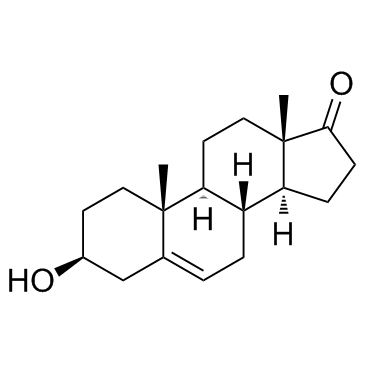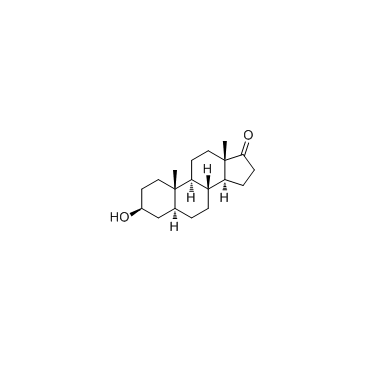| Structure | Name/CAS No. | Articles |
|---|---|---|
 |
Dehydroepiandrosterone
CAS:53-43-0 |
|
 |
Epiandrosterone
CAS:481-29-8 |